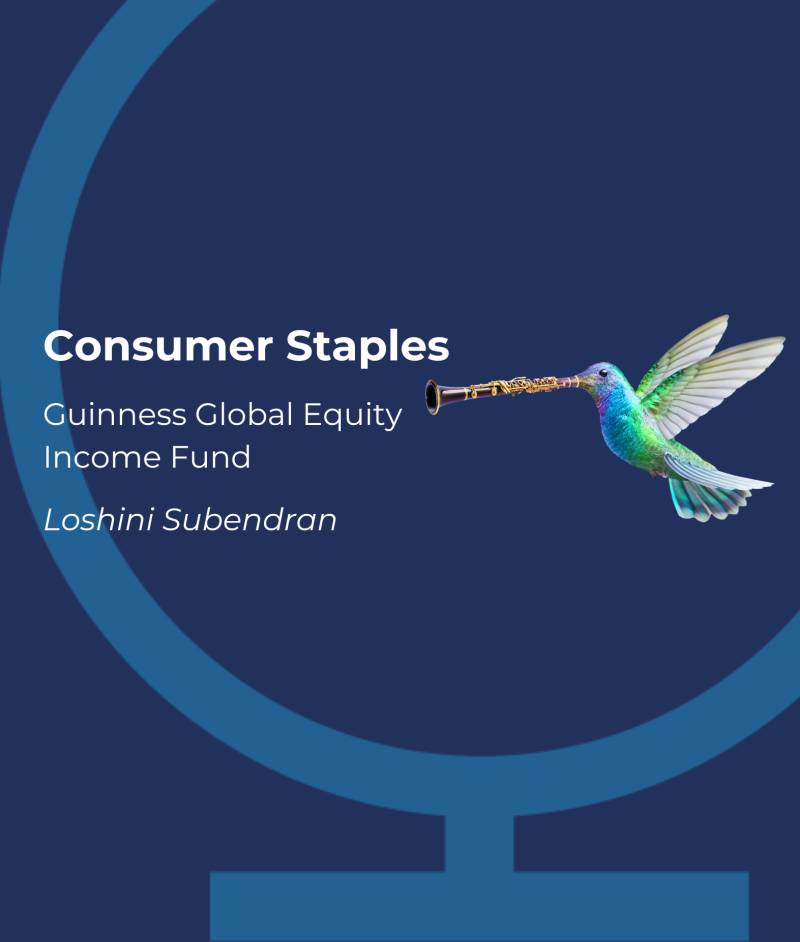Loshini SubendranProcter and Gamble, Nestle and Unilever, among others, are all household names that many of us have heard of, or even use day to day. These companies form part the wider consumer staples sector, describing companies that make and sell products that consumers tend to keep buying regardless of their economic conditions. Such as food, drinks, tobacco and regular household and hygiene purchases.
By nature, the relatively inelastic demand for these products, and in theory and imperviousness to economic cycles, the consumer staple sector offers an attractive investment opportunity. These companies often have stable revenues and defensive business models which produce high levels of free cash flow. As such, these companies are also able to pay healthy dividends and grow these dividends over time.
However, during the pandemic and since the pandemic, companies across the sector have faced a difficult few years. Inflationary pressures have led to rising costs across supply chains and a weaker macroeconomic environment has impacted consumer spending habits.
Despite these headwinds, consumer staples companies have used three key levers to drive organic growth. Pricing, volumes, and product mix. Many staples businesses have maintained organic growth by passing through price increases in excess of inflation rates, even offsetting any volume losses. Companies have also used product mix, which refers to the different product forms offered by a company. We have seen a reduction in the size of certain products or product ranges to increase the average cost per quantity sold, and thus boost organic growth.
Within our
Guinness Global Equity Income Fund, we hold several consumer staples diversified across products such as Coca-Cola, which offers drinks and snacks, Danone, which provides specialised nutrition and dairy and plant based products, or the huge conglomerate Procter and Gamble, whose portfolio includes shampoos, conditioners, blades and razors and dishwashing liquids to name but a few.

Whilst our investment process at Guinness is largely bottom up, our overweight position in the fund to consumer staples reflects our favourable view of many of these companies as they hold attractive investment characteristics that align with our overall
investment philosophy. And while we do remain wary of the recent relative underperformance of the sector, compared to the index, we believe these high-quality businesses can continue to perform well over the long term and do represent a good source of dividend income. For more information on our view of the consumer staples sector and its drivers, our deep dive into the sector is
available on our website. 



